Compared to last week, western Canadian yearlings traded $2-$5 lower while calves were solidly $3 to as much as $8 lower. There’s a limit how far the cash trade can divorce from the futures market. November feeder cattle futures have dropped $12 from contract highs and there is no sign that this slide is over; […] Read more
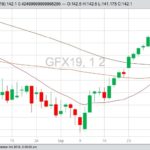
Klassen: Feeder cattle rally loses steam

Klassen: Cash feeder market shrugs off lower futures
This past week, Alberta packers were buying fed cattle in the range of $270-$274 on a dressed basis, up $2-$4 from seven days earlier. Strength in the fed cattle market spilt over into the feeder complex as feeding margins moved into positive territory for the first time this year. Compared to last week, western Canadian […] Read more
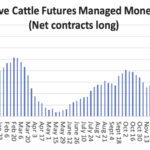
Always consider the Traders Report
Market Update with Jerry Klassen: Take some of the emotion out of market conditions
Fed and feeder cattle prices have been quite volatile over the past month. Lower supplies of market-ready cattle along with seasonally strong demand have contributed to the recent rally in the nearby live cattle futures. This strength has spilled over into the deferred live cattle futures contracts and allowed feedlots to bid up the price […] Read more
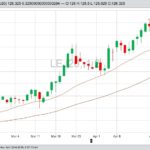
Klassen: Feeder market remains volatile
Compared to last week, western Canadian feeder cattle markets traded $3-$5 on either side of unchanged. Many auction barns were closed last week and the ones holding sales had smaller numbers. Quality packages of yearlings were on the higher end of the range while smaller groups of fleshier replacements were discounted. Alberta feedlots were focusing […] Read more

Klassen: Alberta demand drives feeder market higher
Compared to last week, western Canadian yearling prices were $2-$4 higher while calves were relatively unchanged. Stronger fed cattle prices in the deferred positions along with lower new-crop barley values resulted in a firmer tone. We’re in the last half of April and quality cattle will be hard to come by in 30 days; this […] Read more
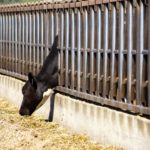
Volatile summer cattle market forecast
Market Update: U.S. feeder cattle supplies remain burdensome
Western Canadian fed and feeder cattle markets are poised for volatile behaviour over the next four to six months. U.S. first- and second-quarter beef production are expected to come in below a year ago. During the third and fourth quarters, there will be a sharp year over year increase in beef production. As of late […] Read more
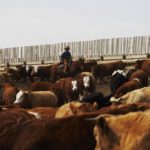
Klassen: Feeder market incorporates risk premium
Fed and feeder cattle markets have incorporated a risk premium due to the uncertainty in beef production. Adverse weather has plagued much of the U.S. Midwest over the past couple of months and the six- to 10-day forecast calls for above-normal precipitation. Compared to last week, western Canadian yearling markets traded $2-$3 higher on average […] Read more
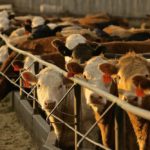
Klassen: Feeder market balancing many variables
Compared to last week, western Canadian yearling markets traded steady to $3 higher while calves were $4 lower to $5 higher depending on the region. Weakness in the live and feeder cattle futures contributed to the variable price structure; however, Alberta packers were buying fed cattle in the range of $268-$270 on a dressed basis, […] Read more

Klassen: Feeder market incorporates risk premium following U.S. floods
Compared to the previous week, western Canadian feeder cattle sold steady to $4 higher the week ending March 23. Favourable spring weather enhanced demand for yearlings from major finishing operations; Lethbridge-area markets were notably $3-$5 higher as feedlots focused on local cattle. While feeding margins remain in negative territory, strength in the deferred live cattle […] Read more
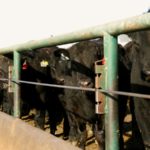
U.S. cattle herd still growing, but at a slower pace
Market Update: Numbers indicate we're still a couple of years away from contraction
The USDA cattle inventory report in late February showed cattle inventory and calf numbers were above a year ago, but the expansionary phase appears to be slowing. Canadian feeder cattle exports to the U.S. for 2018 had a year-over-year increase of 65 per cent. The larger U.S. calf crop may temper demand for Canadian feeder […] Read more


